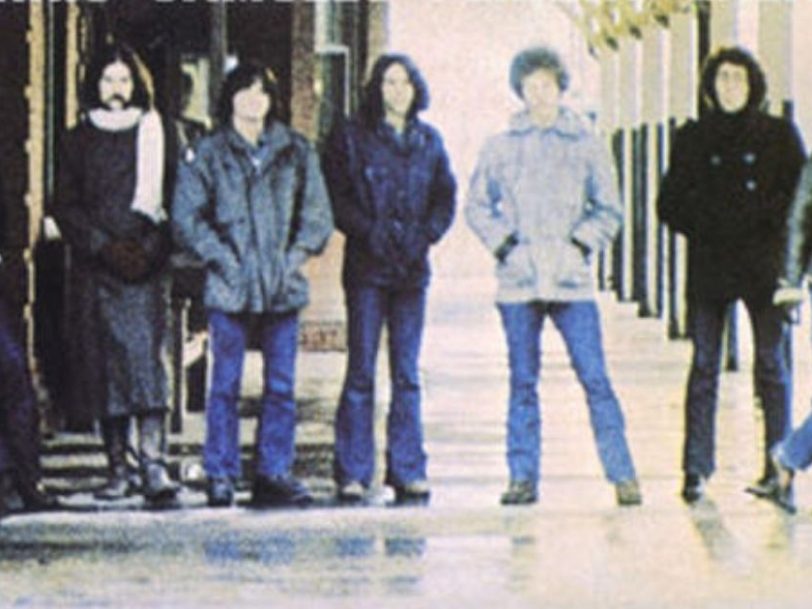Stephen Stills began the 70s on one of the great hot streaks in rock’n’roll. The ex-Buffalo Springfield star had enjoyed incredible success with Crosby, Stills & Nash, whose self-titled debut album, released in 1969, had sold millions while establishing the trio as flagbearers of the hippie movement. When the threesome added Neil Young to their ranks, for 1970’s Déjà Vu, they went stratospheric – the album went seven times platinum in the US alone. Meanwhile, Stills somehow found time to record and release two critically and commercially successful solo albums, Stills (1970) and Stills 2 (1971), and was well on his way to creating the roots-rock landmark Manassas, the self-titled debut album by the all-star band of the same name.
Despite their popularity, CSNY had fractured almost as quickly as they’d started. Their 1970 summer tour should have been a lap of honour, but egos flared and substance abuse spiralled out of control. They finished the shows, but it would be the last time the foursome worked together until their blockbuster stadium gigs of 1974.
Post-CSNY, Stills continued on the road of excess, both in his personal and musical lives. The round-the-clock recording sessions for Stills 2 blurred with all-night parties and Stills’ jet-setting lifestyle, but the finished album was a triumph, and Stills quickly set his sights on following it with something bigger and bolder than anything he’d previously worked on.
An adventurous exploration of rock’n’roll history
Fans who flocked to Stills’ extensive first solo tour, in summer 1971, were in for a surprise. Backed by CSNY’s rhythm section (bassist Calvin “Fuzzy” Samuels and drummer Dallas Taylor) and The Memphis Horns, a six-piece brass band, the singer staged an ambitious three-part show that eschewed his best-known songs in favour of an adventurous exploration of US rock’n’roll history. The seeds of his next project, Manassas, were sown.
After members of country-rock pioneers The Flying Burrito Brothers caught his show in Cleveland, Stills summoned them to his hotel, where they agreed to join him in his next group. A recording session took place that autumn, in Criteria Studios, Miami, in which Stills led rhythm guitarist and mandolinist Chris Hillman, pedal steel and dobro player Al Perkins, singer and guitarist Rick Roberts and fiddler Byron Berline through a set of country, folk, bluegrass and honky-tonk numbers.




